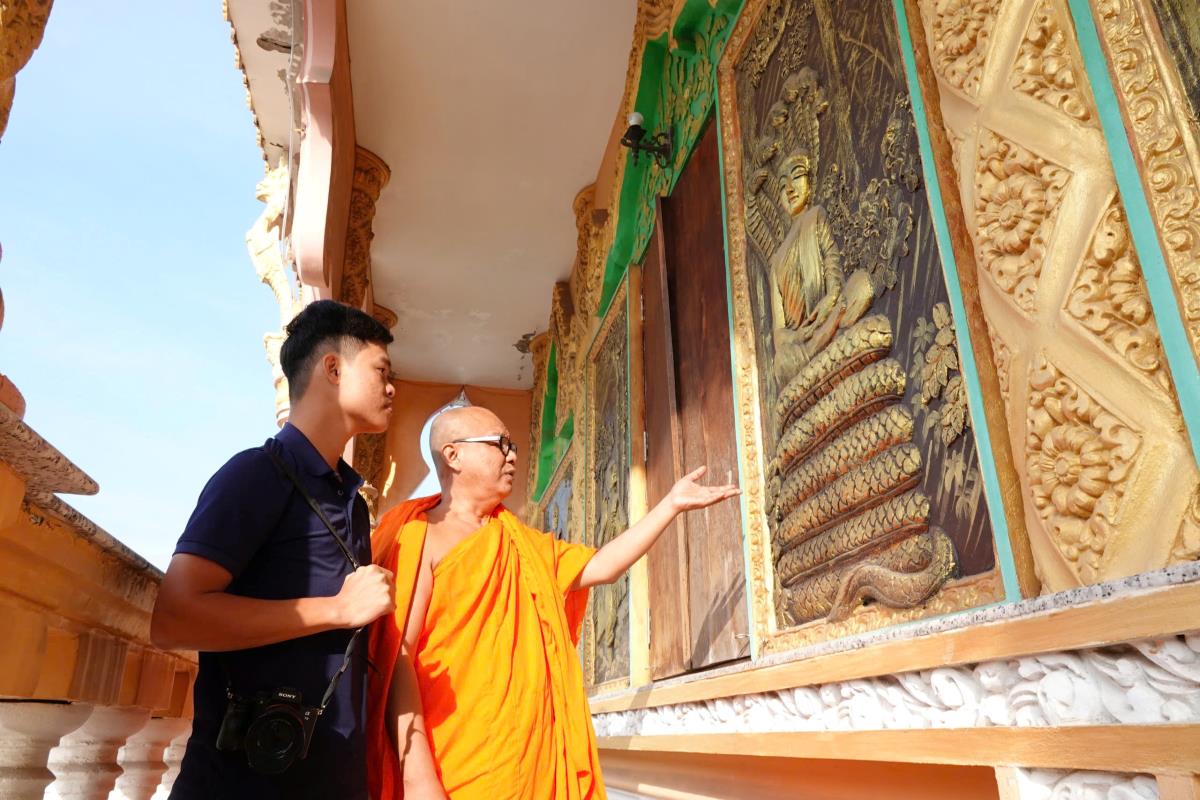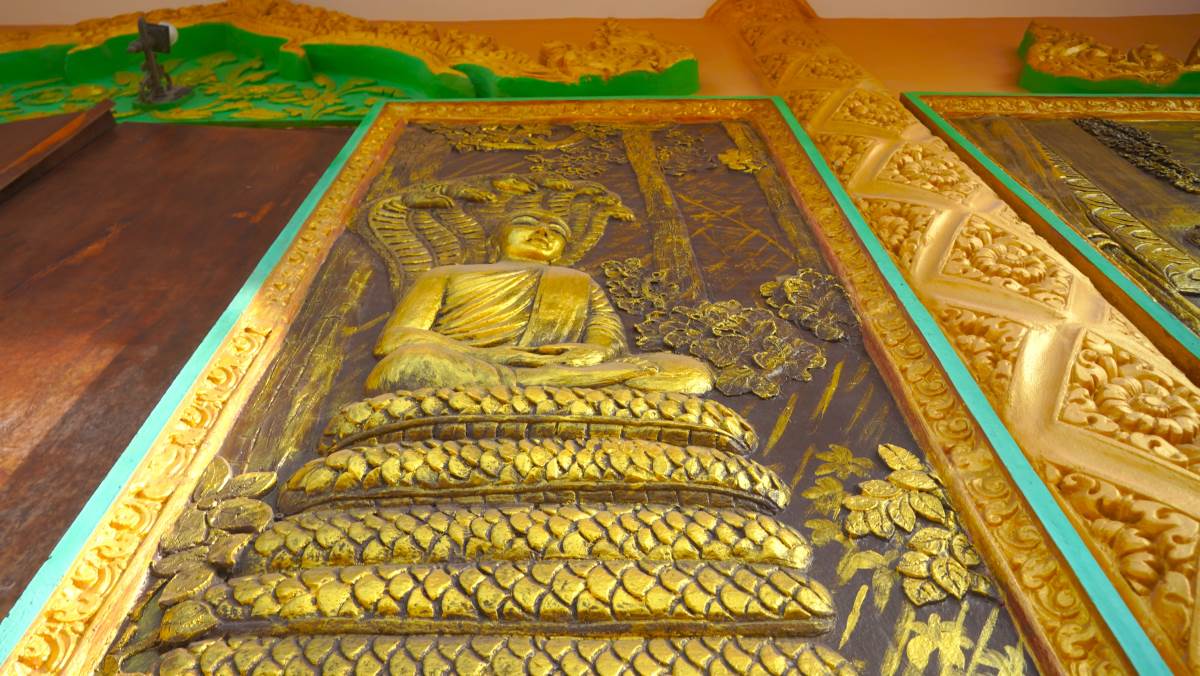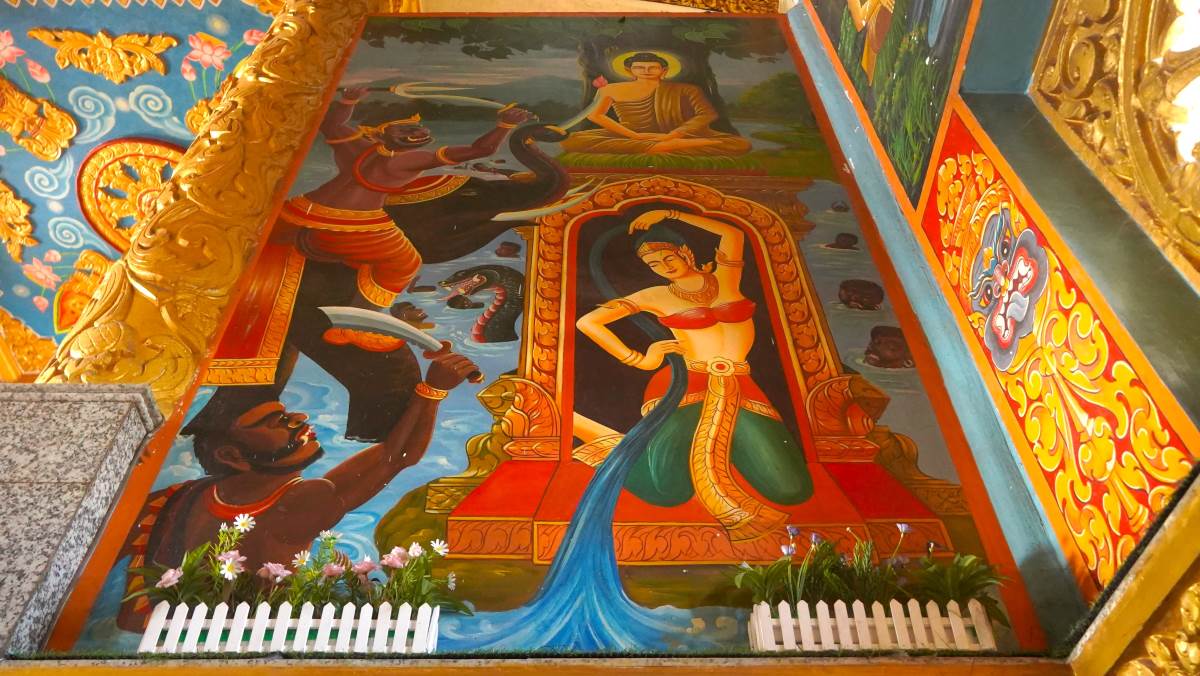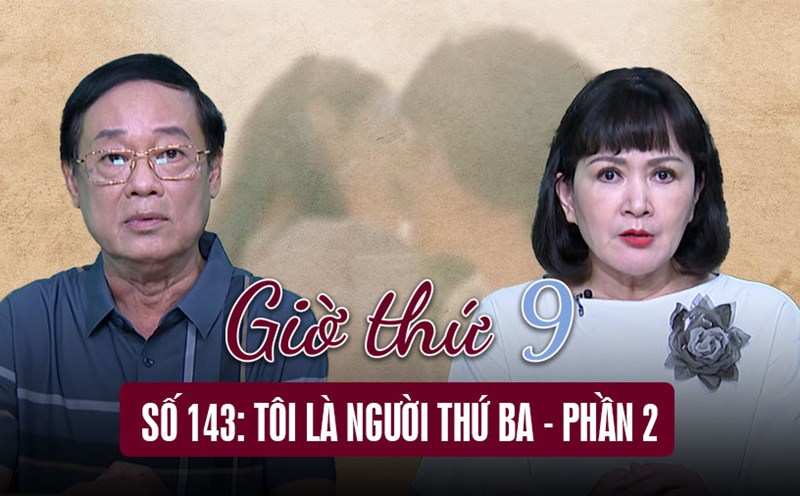On the occasion of the Lunar New Year 2025, we visited and wished the abbots of some Khmer pagodas in the West a Happy New Year and heard about the story of the Khmer snake god Naga.
Unlike many ethnic groups, the Khmer people highly respect and revere snakes, considering them sacred animals and incarnations of gods. They also believe that meeting a snake on the road is very lucky and is blessed by the snake god Naga.

Venerable Ly Hung - Abbot of Pitu Khosa Rangsay Pagoda (Ninh Kieu District, Can Tho City) - said that the Khmer people call the Naga snake Neak. The snake's image is similar to that of the cobra. Naga originated from the legend of Brahmanism.
According to Buddhist legend, during his time of asceticism, when Buddha was meditating under the Bodhi tree, a heavy rain and strong wind arose, the water rose high and flooded his meditation seat. A Naga snake king crawled out, coiled his body into seven circles to make a seat for Buddha, and raised his seven large heads to form a canopy to protect him.

Venerable Ly Hung explained that Naga in Sanskrit means big or giant snake. Its unique shape, similar to a cobra, has a large hood covering many heads (usually an odd number of 1, 3, 5, 7, 9 heads, but the most common is 7 heads).
Khmer people often believe that each sculpture of the Naga snake has a different structure, motif and number of heads: 3 heads symbolize heaven - earth - human, 5 heads according to the theory of the five elements: metal - wood - water - fire - earth, 7 heads symbolize enlightenment in religious practice and 9 heads are the path to liberation, infinity, the path to heaven. In which, the image of the 7-headed Naga snake also symbolizes power.
Venerable Ly Hung said that in Khmer pagodas, you can see the symbol of a multi-headed snake decorated on the corners of the roof, gates, railings, and flagpoles. In addition to the architecture, the image of the Naga snake also appears in Khmer ro bam dances, costumes, and weddings. In particular, pagodas in remote mountainous areas often worship the symbol of a snake.

According to Venerable Dinh Hoang Su - abbot of Peam Buol Thmay Pagoda (Soc Trang Province) - in Khmer pagodas in the South, the image of the Naga snake god contains different meanings depending on the way it is expressed. This sacred animal often resides on the roof of the pagoda, the gate, the flagpole,... to ward off evil spirits and protect the Buddha.
With this meaning, Venerable Dinh Hoang Su built a pair of Naga snakes made of cement, nearly 30m long, green, leading to the main hall of the temple. This required one artisan and many assistants to do. The snake statue was bent from an iron frame, the outer "meat" was made from cement. The assistants made the cement, the artisans were in charge of the details from the scales, decorative patterns, and painting.
Ancient Indians believed that the Naga snake was the spirit of nature, protecting water sources, helping crops grow well, and symbolizing prosperity. In addition, this mascot also had another meaning: the connection between the human world and the heavenly world.
The story of the Naga snake god is often told by the elderly to their children and grandchildren every Tet holiday, as a reminder of the origin and meaning of the connection between humans, nature and gods.











